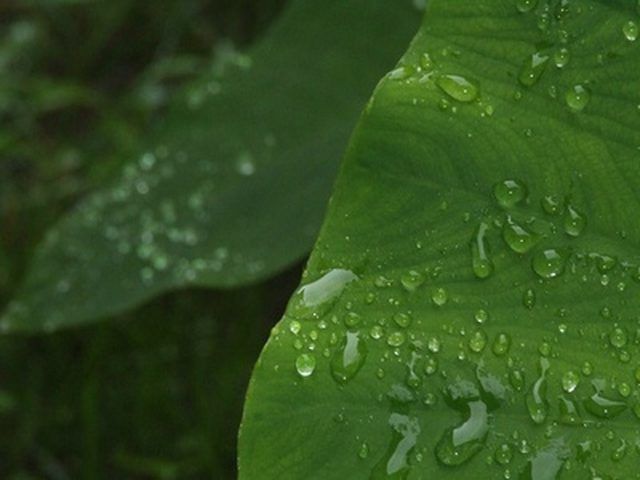Bulbs
Flower Basics
Flower Beds & Specialty Gardens
Flower Garden
Garden Furniture
Garden Gnomes
Garden Seeds
Garden Sheds
Garden Statues
Garden Tools & Supplies
Gardening Basics
Green & Organic
Groundcovers & Vines
Growing Annuals
Growing Basil
Growing Beans
Growing Berries
Growing Blueberries
Growing Cactus
Growing Corn
Growing Cotton
Growing Edibles
Growing Flowers
Growing Garlic
Growing Grapes
Growing Grass
Growing Herbs
Growing Jasmine
Growing Mint
Growing Mushrooms
Orchids
Growing Peanuts
Growing Perennials
Growing Plants
Growing Rosemary
Growing Roses
Growing Strawberries
Growing Sunflowers
Growing Thyme
Growing Tomatoes
Growing Tulips
Growing Vegetables
Herb Basics
Herb Garden
Indoor Growing
Landscaping Basics
Landscaping Patios
Landscaping Plants
Landscaping Shrubs
Landscaping Trees
Landscaping Walks & Pathways
Lawn Basics
Lawn Maintenance
Lawn Mowers
Lawn Ornaments
Lawn Planting
Lawn Tools
Outdoor Growing
Overall Landscape Planning
Pests, Weeds & Problems
Plant Basics
Rock Garden
Rose Garden
Shrubs
Soil
Specialty Gardens
Trees
Vegetable Garden
Yard Maintenance
How to Water & Care for Elephant Ears
How to Water & Care for Elephant Ears. Elephant ears (Colocasia esculenta) are a herbaceous perennial with large, heart-shaped leaves. Over 200 cultivars of elephant ears exist, from the chartreuse green 'Lime Zinger' to the deep burgundy 'Black Magic.' Elephant ears are hardy in USDA Zones 8 to 11, growing as a returning perennial in the cooler...

Elephant ears (Colocasia esculenta) are a herbaceous perennial with large, heart-shaped leaves. Over 200 cultivars of elephant ears exist, from the chartreuse green 'Lime Zinger' to the deep burgundy 'Black Magic.' Elephant ears are hardy in USDA Zones 8 to 11, growing as a returning perennial in the cooler zones and surviving year-round in warmer climates. Elephant ears prefer partial shade and moist to soggy soil conditions. When properly cared for, colorful elephant ears can add a dramatic accent to your landscape.
Things You'll Need
Organic mulch such as straw or wood chips
Fertilizer, water-soluble 20-20-20
Pruning shears
Garden spade
Peat moss
Vermiculite
Water your elephant ears frequently during the growing season to keep the soil very moist. Elephant ears need plenty of water to thrive. In the warmer zones, the growing season is year-round; in zones 9 and below, stop watering when the weather becomes cool and the leaves turn yellow.
Apply a 2- to 3-inch layer of organic mulch around the bases of your elephant ears to help the soil retain moisture. An organic mulch such as straw or wood chips will also help prevent competing weed growth.
Fertilize your elephant ears monthly during the growing season. Use a balanced 20-20-20 water-soluble fertilizer, following package directions for application.
Move container-grown elephant ears indoors during the winter in areas subject to freezing conditions. Keep the plants indoors until all danger of frost is past.
Protect your elephant ears during the winter in zones 8B and 9. Cut the stalks down to 4 inches or less and cover them with a layer of mulch. Do not water the area until the weather warms and the elephant ears show new growth.
Dig up the elephant ear bulbs in zones 8 and below prior to the first freeze. Cut off all of the stems, dig up the bulbs and allow them to dry for a day or two. Store the dry bulbs in peat moss or vermiculite in a cool area such as a basement. Re-plant them outdoors when all danger of frost is past.